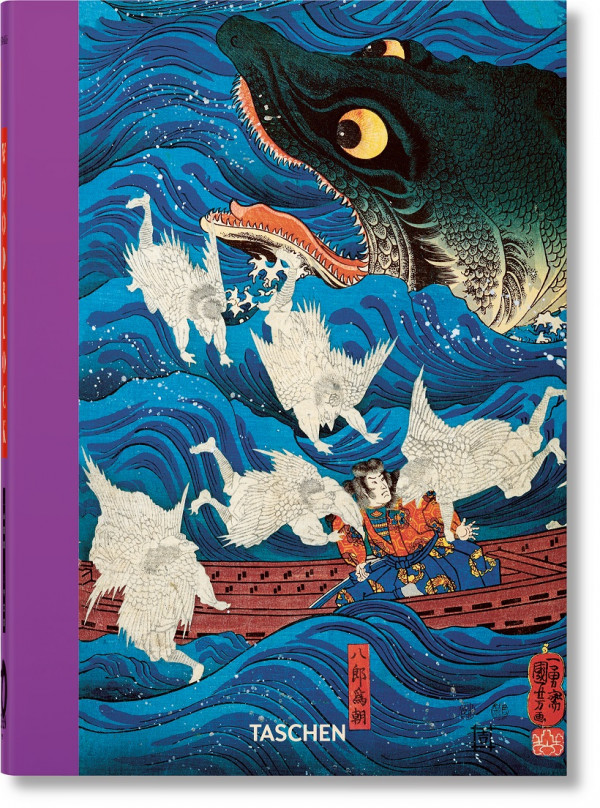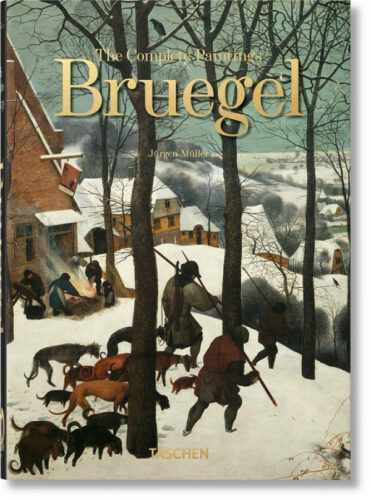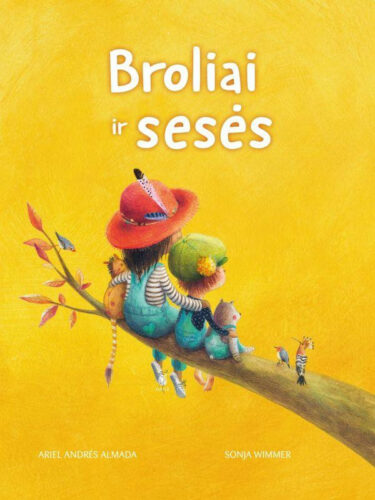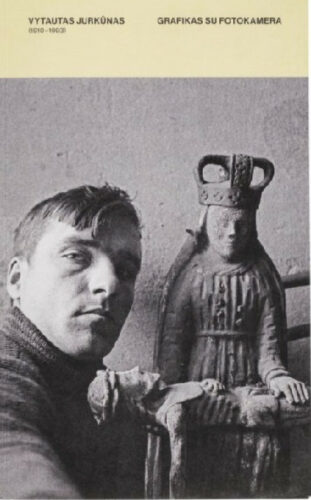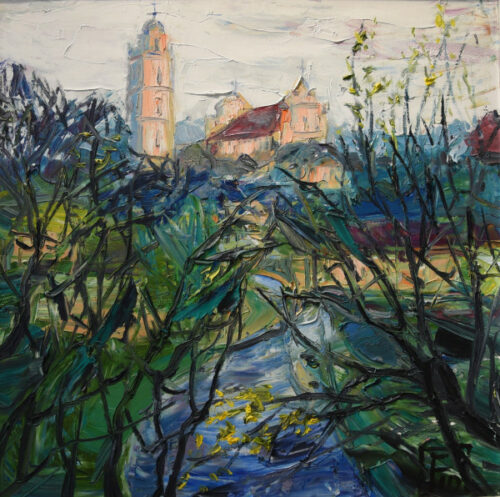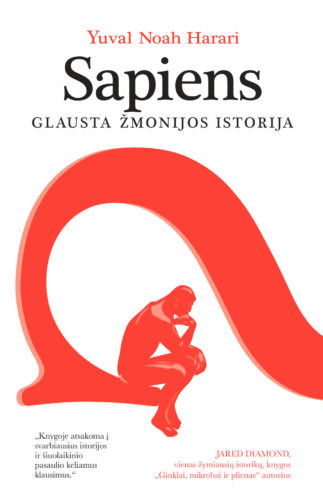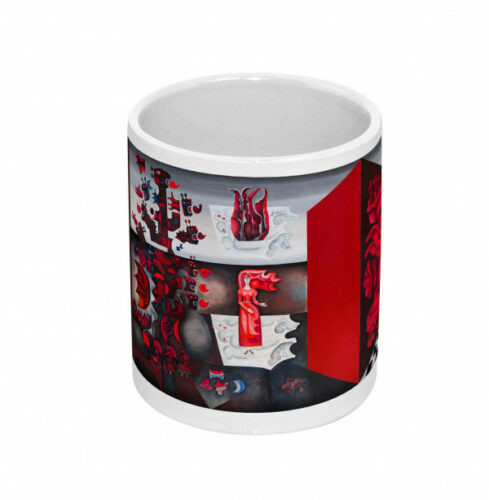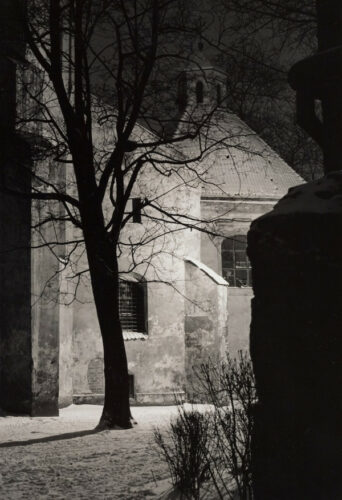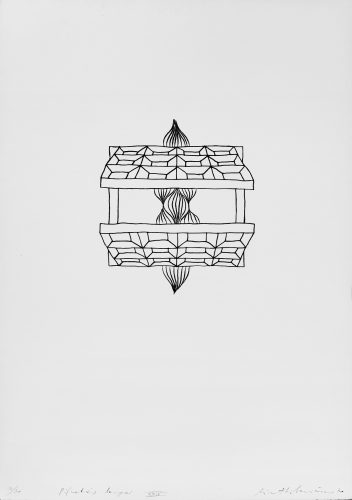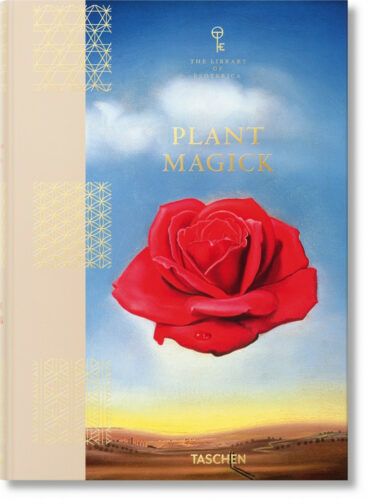„40th Anniversary Edition“ serijos knygos. „Taschen“ leidyklai 40 metų! Nuo tada, kai 1980 m. pradėjo dirbti kaip kultūros archeologai, „Taschen“ leidykla tapo prieinamos leidybos sinonimu, padedančiu „knygraužiams“ visame pasaulyje prižiūrėti savo meno, antropologijos ir afrodizijos biblioteką už neprilygstamą kainą. Šiandien, likdami ištikimi savo įmonės kredo, „Taschen“ leidykla švenčia neįtikėtinų knygų 40-metį. „40th Anniversary Edition“ pristato naujus kai kurių „Taschen“ bestselerių leidimus, kurie dabar kompaktiškesni, draugiškesni ir vis dar išleidžiami su tuo pačiu įsipareigojimu nepriekaištingai produkcijai.
„Japanese Woodblock Prints. 40th Ed..“ – A visual history of Japanese masterpieces. From Edouard Manet’s portrait of naturalist writer Émile Zola sitting among his Japanese art finds to Van Gogh’s meticulous copies of the Hiroshige prints he devotedly collected, 19th-century pioneers of European modernism made no secret of their love of Japanese art. In all its sensuality, freedom, and effervescence, the woodblock print is single-handedly credited with the wave of japonaiserie that first enthralled France and, later, all of Europe—but often remains isunderstood as an “exotic” artifact that helped inspire Western creativity. The fact is that the Japanese woodblock print is a phenomenon of which there exists no Western equivalent. Some of the most disruptive ideas in modern art—including, as Karl Marx put it, that “all that is solid melts into air”—were invented in Japan in the 1700s and expressed like never before in the designs of such masters as Hokusai, Utamaro, and Hiroshige in the early 19th century. This volume, derived from the original XXL monograph, lifts the veil on a much-loved but little-understood art form by presenting the most exceptional Japanese woodblock prints in their historical context. Ranging from the 17th-century development of decadent ukiyo-e, or “pictures of the floating world,” to the decline and later resurgence of prints in the early 20th century, the images collected in this edition make up an unmatched record not only of a unique genre in art history, but also of the shifting mores and cultural development of Japan.


